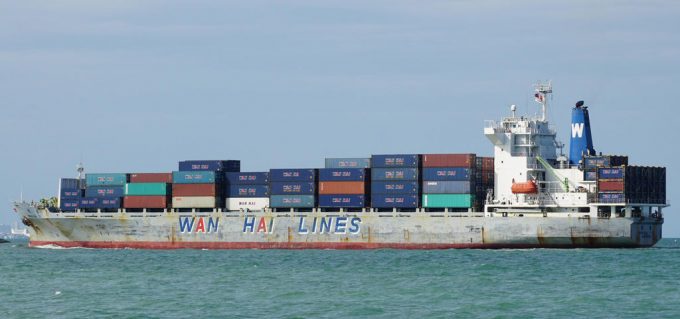WSC appoints Soren Toft and Randy Chen as new chair and vice chair
MSC boss Soren Toft and Randy Chen, vice chairman of Wan Hai, have become chair ...

Wan Hai Lines has become the first liner operator to take a big step to reduce its tonnage overhang.
The Taiwanese company is putting up 10 older ships for scrap and is inviting cash buyers to submit tenders by Friday (16 December).
The Loadstar was informed that Wan Hai is selling four 1,088 teu 160-type ships built between 1996 and 1998, the Wan Hai 161, 162, 163 and 165, as well as six 1994-built 1,368 teu, 200-type ships, Wan Hai 215, 216, ...
'Disastrous' DSV-Schenker merger would 'disrupt European haulage market'
New senior management for DSV as it readies for DB Schenker takeover
Volumes set to 'fall off a cliff' as US firms hit the brakes on sourcing and bookings
Asian exporters scramble for ships and boxes to beat 90-day tariff pause
Temporary tariff relief brings on early transpacific peak season
Amazon pushes into LTL for small package fulfilment and UPS does a u-turn
Pre-tariff rush of goods from US to China sees air rates soar, but not for long
De minimis-induced ecommerce demand slump could cripple freighter operators

Comment on this article